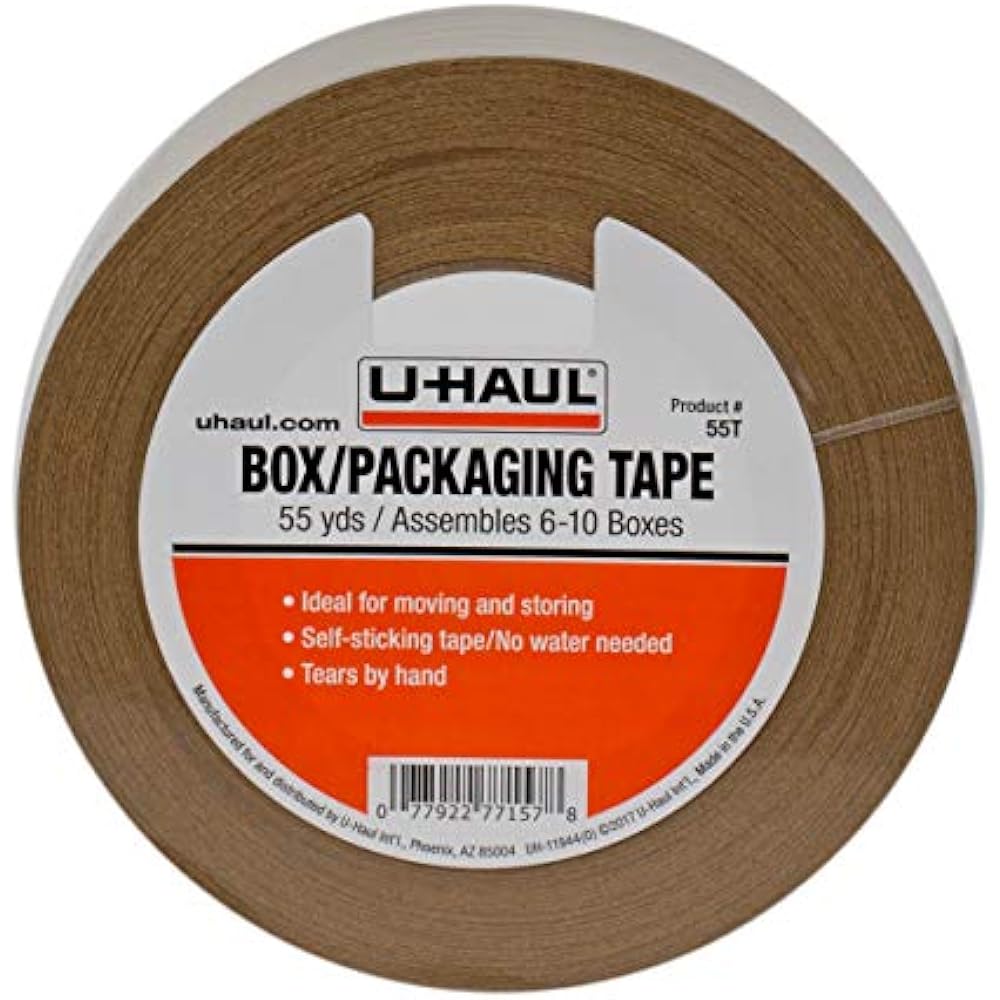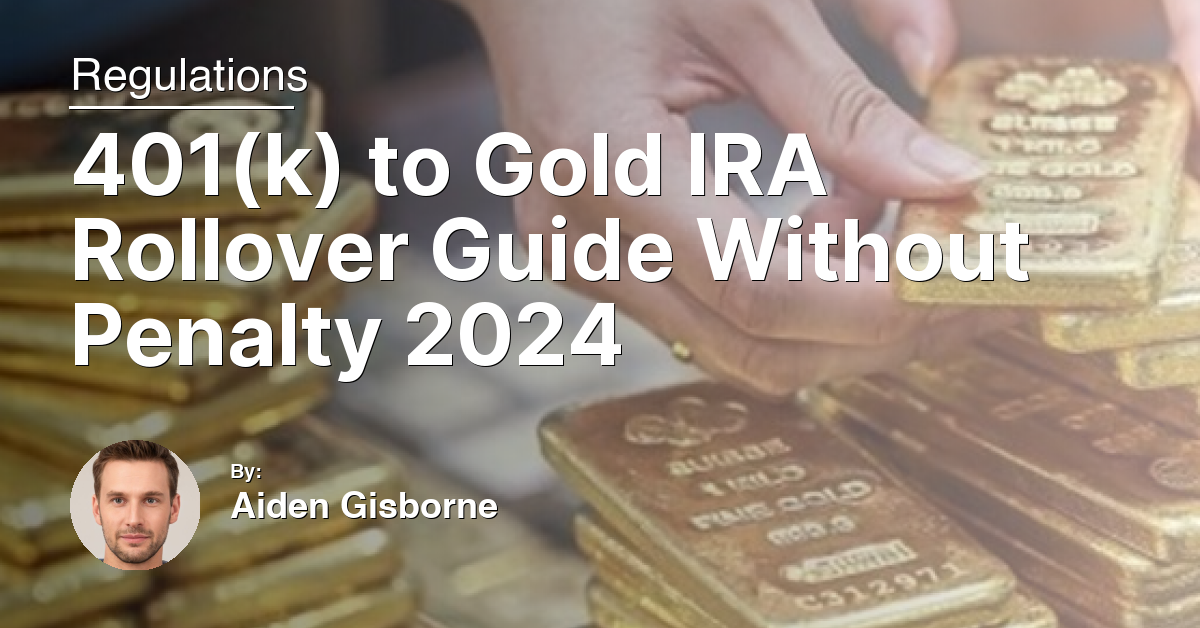In an era where financial security is more elusive than ever, diversifying your retirement portfolio could be the key to a secure future. This article guides you through the seamless process of moving your 401k to a Gold IRA rollover in 2024, ensuring you navigate this transition without incurring any penalties. Learn the steps to protect your retirement savings by investing in the timeless value of gold, and pave the way for a financially stable retirement.
Understanding Gold IRA Rollovers
To execute a rollover without incurring penalties, it’s crucial to adhere to IRS rules. Direct rollovers, where funds are transferred from your 401(k) to your Gold IRA without you touching the money, are preferred to avoid taxes and penalties. It’s essential to conduct due diligence, ensuring the Gold IRA provider complies with IRS regulations regarding metal purity and storage.
Consulting with a financial adviser can help navigate the complexities of this process, including understanding potential fees and ensuring the rollover aligns with your investment goals and risk tolerance. This strategic move, when done correctly, can enhance your retirement portfolio’s resilience, offering a hedge against economic downturns and preserving wealth.
Direct vs. Indirect Rollover Methods
| Method | Direct Rollover | Indirect Rollover |
|---|---|---|
| Definition | Transferring funds directly from one retirement account to another without the funds passing through your hands. | Withdrawing funds from one retirement account and depositing them into another within 60 days to avoid taxes and penalties. |
| Taxes | No taxes are withheld, as the funds are transferred directly. | 20% of the distribution may be withheld for taxes, which you must replace within 60 days to avoid penalties. |
| Penalties | No penalties are incurred when done correctly. | If the funds are not deposited into the new account within 60 days, taxes and early withdrawal penalties may apply. |
| Documentation | Requires paperwork and coordination between the two financial institutions. | You must keep track of the funds and ensure they are deposited into the new account within the 60-day window. |
Step-by-Step Guide for a Smooth Transition

1. Consult a financial adviser specialized in retirement planning and precious metals to understand the implications for your portfolio. Discussing diversification, risk management, and the benefits of including precious metals like gold, silver, platinum, and palladium can provide a hedge against inflation and currency depreciation.
2. Choose a reputable custodian for your Self-Directed IRA. Research their reputation, fee structure, customer service, and regulatory compliance. This is crucial for ensuring your investment is secure and in line with IRS guidelines. Consider firms with positive reviews from trusted sources like Forbes or CBS News.
3. Complete a rollover request form with your current 401(k) provider. This step is essential for transferring funds without incurring income tax penalties. Specify the amount you wish to rollover and ensure the transfer is direct to avoid taxation and potential penalties.
4. Select your investment within the Gold IRA. Decide between bullion, coins, or a mix of precious metals. Consider market liquidity, price volatility, and the tax advantages of certain metals. Perform due diligence to understand how each asset fits within your investment strategy and risk tolerance.
5. Regularly review your investment portfolio with your advisor to ensure it aligns with your retirement goals and financial landscape changes. This proactive approach can help you adjust to market shifts, regulatory updates, and personal circumstances, ensuring your Gold IRA remains a valuable part of your retirement plan.
Eligibility Requirements for Rollover
To be eligible for a 401(k) to Gold IRA rollover without penalty in 2024, individuals must have a 401(k) plan from a previous employer or be over the age of 59½ if it’s with a current employer. Direct rollovers from a 401(k) to a self-directed IRA that specializes in precious metals like gold, silver, platinum, and palladium are favored to avoid any tax implications.
The IRS permits such rollovers as a means of diversification and protection against inflation and market volatility. It’s crucial, however, to ensure that the metals purchased meet the IRS standards for purity and are stored in an IRS-approved depository.
Additionally, understanding the fees involved in both the purchase of metals and the maintenance of the IRA is essential to avoid eroding your investment’s value. Consulting with a financial advisor who is knowledgeable about both retirement planning and precious metal investments can provide guidance on how to leverage this strategy for wealth preservation and potential growth.
Selecting a Trustworthy Gold IRA Custodian
Evaluate the custodian’s fee structure to ensure it aligns with your budget constraints without compromising on the quality of service or the diversification of your portfolio. A diverse portfolio, including bullion, coins, and other precious metals, can serve as a hedge against market volatility and currency depreciation, enhancing your portfolio’s liquidity and potential for appreciation.
Prioritize companies that offer robust customer service, providing clear communication and assistance throughout the rollover process. Information on reputable custodians can be found through reliable sources such as Forbes and Investopedia, which can guide investors in making informed decisions. Ensuring your Gold IRA custodian meets these criteria can significantly impact your financial security and the growth of your retirement assets.
Opening Your Self-Directed IRA
Once you’ve chosen a custodian, you’ll complete their application process, which typically involves providing personal information, such as your Social Security number and a form of identification. After your application is approved, you’ll need to fund your SDIRA. This can be done through a direct rollover from your 401(k), ensuring you avoid any income tax penalties.
It’s important to understand that transferring your retirement savings into a Gold IRA offers diversification beyond traditional stocks and bonds. Gold has historically been a reliable store of value, especially during periods of high market volatility and economic downturns, such as the 2007–2008 financial crisis.
By carefully selecting your custodian and funding your SDIRA properly, you’re well on your way to leveraging gold’s reputation as a hedge against inflation and currency depreciation, ultimately enhancing the long-term stability and growth of your retirement portfolio.
Initiating a Direct Rollover
Ensure that your new Gold IRA custodian specializes in precious metals and is compliant with IRS regulations regarding gold as an investment. This step is vital for both regulatory compliance and ensuring the security of your assets. The process involves filling out a rollover request form from your current 401(k) provider.
Once the paperwork is in order, the funds will be transferred electronically between custodians. This transfer does not count as a distribution, thus preserving the tax-advantaged status of your retirement savings and avoiding any immediate tax liabilities. It’s important to keep all documentation for your records and for any future inquiries regarding the rollover.
Choosing Your Gold Investments
When choosing gold investments for your IRA rollover, it’s crucial to assess the type of gold assets that align with your investment goals and risk tolerance. Options include gold coins, bullion, and gold-backed securities like ETFs and mutual funds. Each has its pros and cons regarding liquidity, storage, and potential for appreciation.
Consider diversification within your gold portfolio to mitigate risk. While gold is a hedge against inflation and currency depreciation, diversifying your holdings in different types of gold assets can balance volatility. Remember, the Internal Revenue Service (IRS) has specific regulations on the purity and types of gold coins and bullion eligible for an IRA.
Look into the market liquidity and the ease of buying and selling your gold investments. This ensures that, if needed, you can convert your assets back to cash without significant delays or loss in value. Planning for liquidity is especially crucial if your gold IRA forms a substantial part of your retirement or pension plan.
Lastly, work with reputable companies and verify their credentials and reviews. The presence of companies in established financial news outlets like CBS News or financial education sites like Investopedia can be a good indicator of their reputation and reliability. This step is vital to safeguard your investment from fraud and ensure compliance with all regulations.
Types of Gold for Investment: Bullion vs. Coins
When considering a 401(k) to Gold IRA rollover, investors primarily choose between two types of gold: bullion and coins. Gold bullion refers to pure or nearly pure gold bars or ingots, valued by their weight and purity. They represent a direct investment in gold’s market price and are favored for their efficiency in wealth preservation.
Gold coins, on the other hand, add a collectible angle to the investment. Although they are also valued based on their gold content, factors such as rarity, design, and historical significance can influence their price. This can lead to both higher premiums and potential for appreciation beyond the gold market itself.
Choosing between bullion and coins depends on your investment goals. Bullion is often recommended for those seeking a hedge against economic volatility, serving as a store of value. Coins might appeal to those looking for diversification within their precious metals portfolio, alongside potential tax advantages under Internal Revenue Service regulations.
Both options can contribute to a diversified retirement portfolio, offering protection against inflation and currency depreciation.
Gold ETFs: An Alternative Investment
Gold ETFs offer a seamless avenue for investors seeking to diversify their retirement portfolios with precious metals without the complexities of handling physical gold. By opting for a Gold Exchange Traded Fund (ETF), you essentially invest in gold’s market value, making it a convenient alternative to buying and storing actual gold coins or bullion.
One significant advantage of incorporating Gold ETFs into your 401(k) rollover to a Gold IRA is the tax efficiency. These funds are structured to provide investors with a hedge against inflation and currency fluctuations, mirroring the reliability of gold as an investment while staying within the favorable tax treatment of retirement accounts.
Moreover, Gold ETFs contribute to a diversified investment portfolio, potentially reducing the risk associated with market volatility. Remember, while Gold ETFs offer exposure to the gold market, they do not grant you ownership of physical gold, aligning better with investors who prioritize liquidity and ease of trading over having physical assets.
Always consult with a financial advisor or a company specializing in precious metals IRAs to ensure compliance with all relevant regulations and to tailor your investment strategy to your specific financial goals and budget constraints.
Tax Implications and Benefits
However, it’s important to note that while gold and other precious metals offer a hedge against inflation and currency depreciation, they are subject to different tax regulations compared to traditional securities. For instance, the IRS considers gold as a collectible, and as such, long-term gains from gold IRAs might be taxed at a higher maximum rate compared to other assets in your portfolio.
Moreover, diversifying your retirement savings with precious metals can provide a balanced approach to volatility in financial markets, potentially safeguarding your pension against the unpredictable movements seen in mutual funds, bonds, and equities. Always consult with a tax professional or financial advisor to understand the specific tax advantages and how they align with your retirement planning and budget constraints.
Avoiding Common Rollover Penalties
To avoid common rollover penalties when moving your 401(k) to a Gold IRA, it’s crucial to understand the IRS rules and timelines. First, ensure a direct rollover, where funds move from your 401(k) directly to the Gold IRA custodian. This method avoids the mandatory 20% withholding tax applicable in an indirect rollover.
Documentation is your ally. Always keep detailed records of the transaction, including dates and amounts, to prove the rollover was completed within the IRS’s 60-day window. Missing this deadline can lead to income tax and early withdrawal penalties.
Consult with a professional familiar with tax advantages and regulations concerning precious metals and retirement accounts. This step is vital for leveraging your Gold IRA as a hedge against currency volatility and financial crises, akin to the 2007–2008 downturn.
Finally, diversify within your Gold IRA by including a mix of coins, bullion, and possibly other precious metals, alongside traditional assets like bonds and mutual funds. This diversification can serve as insurance against portfolio volatility and inflation, ensuring your retirement funds are well-protected.
Storage Solutions: Finding a Secure Depository
When moving your 401(k) to a Gold IRA, choosing a secure depository is crucial. It’s not just about safeguarding your investment; it’s about ensuring your precious metals are stored in compliance with IRS regulations to maintain their tax-advantaged status. Look for depositories that offer segregated storage options, insurance, and a solid track record of security.
Depositories located in financially stable jurisdictions with strong property rights, such as Delaware or Utah in the United States, are often preferred by investors. These locations are renowned for their strict regulation and investor-friendly policies.
Ensure the depository you select provides comprehensive insurance coverage. This is vital for protecting your assets against theft, damage, or loss. Additionally, verify the facility’s auditing and inventory reports to ensure your investment is accurately accounted for and securely stored.
Ultimately, the right storage solution will not only preserve the value of your Gold IRA but also contribute to the diversification and stability of your overall portfolio, acting as a hedge against market volatility and inflation.
Investment Considerations and Diversification Benefits
When considering a 401k to Gold IRA rollover, investors should prioritize diversification benefits. Diversifying your portfolio across asset classes, including precious metals, can protect against volatility in the financial markets. Gold, historically, has acted as a hedge against inflation and currency depreciation, offering stability during economic downturns, such as the 2007–2008 financial crisis.
Incorporating assets like gold into your retirement strategy can provide a tax advantage. Moving money from a 401(k) to a Gold IRA might be tax-free if executed correctly, preserving more of your wealth for retirement. It’s crucial to understand the regulations and ensure proper documentation is filed to avoid penalties. Consulting with a financial advisor in Hartford, Connecticut, or your locality can help navigate these complexities.
Comparing Top Gold IRA Providers
Next, consider the diversity of investment options offered. A provider that offers a wide range of precious metals, including coins and bullion, alongside other assets like bonds and mutual funds, allows for better diversification of your portfolio. This is essential for hedging against market volatility and currency fluctuations.
Also, review the fees and charges associated with the rollover process. Transparent pricing without hidden fees is crucial to maintain your budget constraint. Lastly, customer service quality cannot be overlooked. A provider with responsive support can make the documentation and rollover process in Hartford, Connecticut, or elsewhere, smooth and hassle-free.
Concluding Tips for a Successful Gold IRA Rollover
To ensure a successful Gold IRA rollover from your 401(k) without incurring penalties, meticulous planning and understanding of regulations are crucial. Firstly, verify with your current plan administrator the possibility of a direct rollover to avoid unnecessary taxes and penalties. This direct transfer approach minimizes the risk of triggering an undesired taxable event.
Diversification is key in safeguarding your retirement portfolio. By including precious metals, you not only hedge against currency volatility but also enhance the stability of your investments against market fluctuations. Remember, a balanced mix of stocks, bonds, mutual funds, and precious metals can provide a robust defense against inflation.
Ensure you’re working with a reputable Gold IRA company that is compliant with IRS guidelines. Thoroughly review all documents before signing to understand the terms, fees, and your rights as an investor. This attention to detail will prevent future misunderstandings and ensure your investment aligns with your financial goals and budget constraints.
F.A.Q.
Can I use my 401k to buy gold?
You cannot use your 401k to buy gold unless you rollover your 401k to an IRA or a different 401k plan that allows gold investments.
Where can I move my 401k without penalty?
You can move your 401k without penalty by rolling it over into an IRA. This allows you to have more investment freedom and potentially access similar investment options as your previous plan.
Can I transfer my 401k to a savings account without penalty?
You cannot transfer your 401k to a savings account without penalty before the age of 59.5.
Why convert 401k to gold?
Converting a 401k to gold can be beneficial for diversifying your retirement portfolio and protecting against inflation and currency depreciation.

